Part 1 Of The Story...BenthicBenthic organisms live on or in the bottom sediments of a sea or lake. Nitrogen Cycling
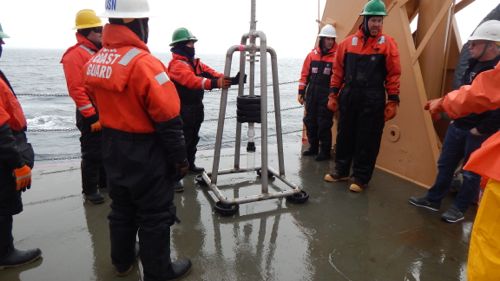
Dr Amber Hardison's group (University of Texas Marine Science Institute) is studying the benthic nitrogen cycle. The sampling occurs at the sediment water interface (where the water meets the bottom sediment). From these measurements uptake and transformation of nitrogen can be determined. Plants love nitrogen in the form of nitrates, nitrites, and ammonium. You might have purchased yard fertilizer that has a N18 P24 K6 label on it. The N is the nitrogen compound part of the fertilizer. In nature nitrogen gas (N2) is not easily used and bacteria in the sediments produce this gas through a process called denitrification. For example "decaf "or decaffeinated coffee is coffee with the caffeine removed. DenitrificationA part of the nitrogen cycle, where biologically available nitrogen is converted to an unusable nitrogen form. is nature's natural way to remove large amounts of nitrogen from terrestrial and ocean systems back to the atmosphere by transforming nitrate into N2 gas.
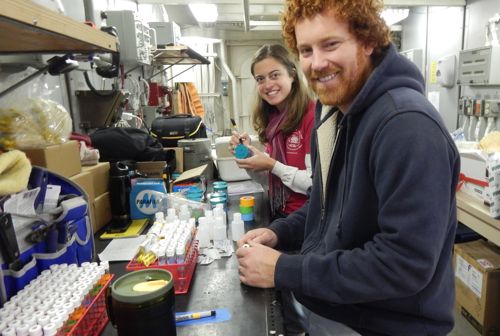
Measurement
How do they measure this? They take a sediment sample and inject it with a special type of nitrate (NO3) and ammonium (NH4). The nitrogen in this case is not the normal nitrogen but an isotope of nitrogen. You might have noticed on a periodic table that there are some numbers (atomic weight) that have decimals included...this is because of the isotopes of that particular element. An isotope of an element has the same number of protons but different number of neutrons. Now I will stop with chemistry 101 and get back to the sampling technique. Okay...back to the injection...over the next four days (incubation period) the sample is continuously injected and the outflow continuously monitored. This process is called continuous flow. A mass spectrometer is used to measure the N2 produced and HPLC (High Performance Liquid Chromatography) is used to measure nitrate and ammonium. HPLC is the same technique used to identify pigments.
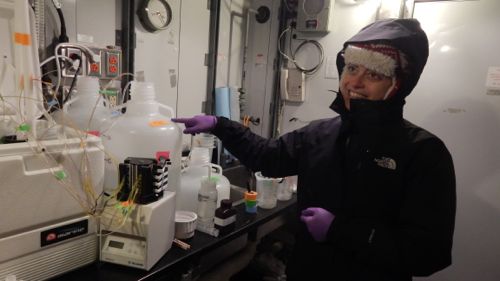
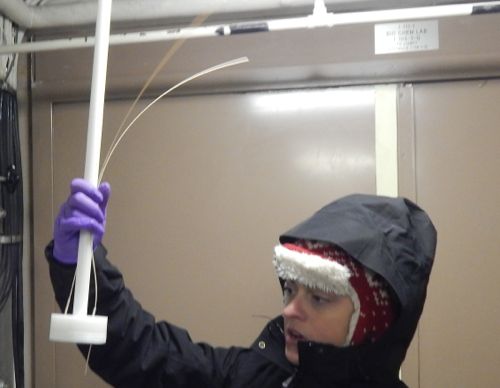
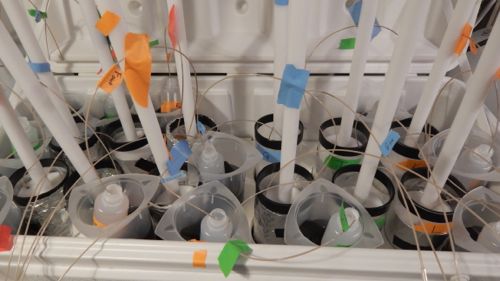


Comments